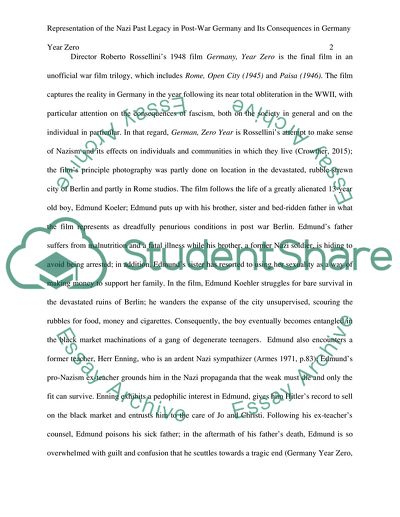Cite this document
(Nazi Past Legacy in Post-War Germany Movie Review, n.d.)
Nazi Past Legacy in Post-War Germany Movie Review. Retrieved from https://studentshare.org/history/1855442-film-and-politics-essay-questions
Nazi Past Legacy in Post-War Germany Movie Review. Retrieved from https://studentshare.org/history/1855442-film-and-politics-essay-questions
(Nazi Past Legacy in Post-War Germany Movie Review)
Nazi Past Legacy in Post-War Germany Movie Review. https://studentshare.org/history/1855442-film-and-politics-essay-questions.
Nazi Past Legacy in Post-War Germany Movie Review. https://studentshare.org/history/1855442-film-and-politics-essay-questions.
“Nazi Past Legacy in Post-War Germany Movie Review”, n.d. https://studentshare.org/history/1855442-film-and-politics-essay-questions.


